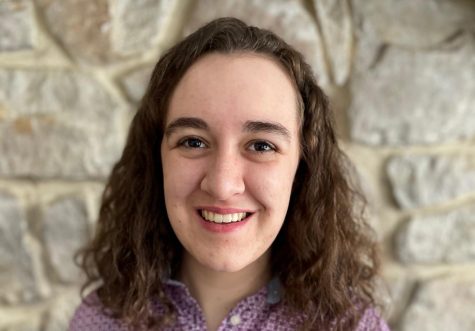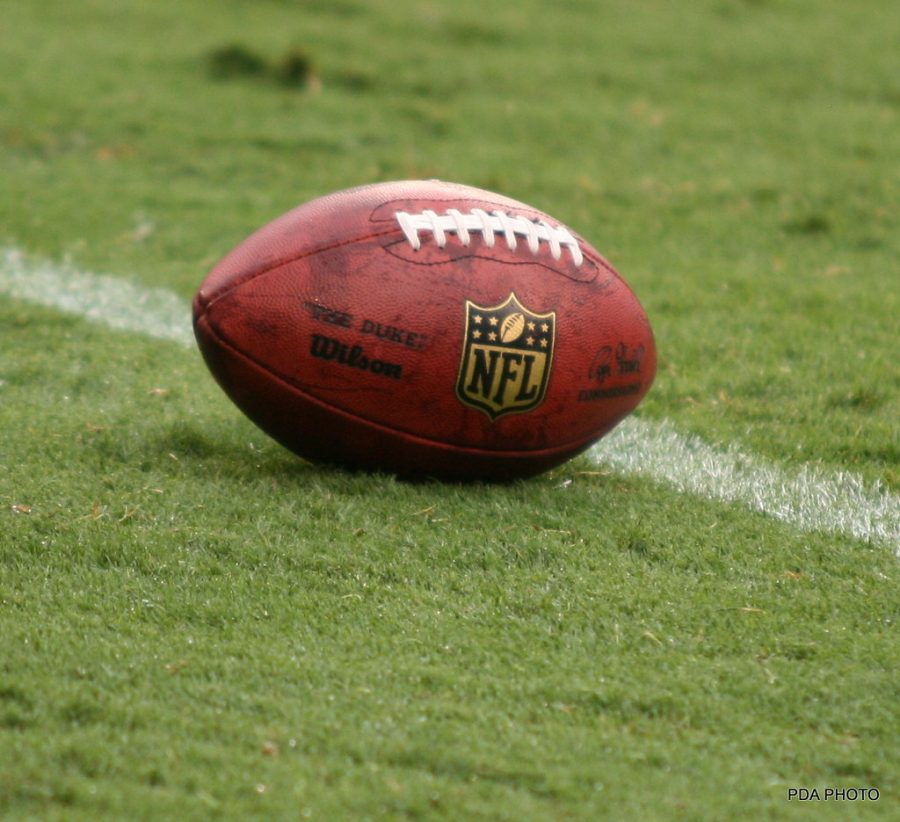I’m Boycotting the NFL, But Not for the Reasons You Think
There was plenty of buzz surrounding the crowd’s behavior at the Kansas City Chiefs’ home opener against the Houston Texans on Thursday night. During a “moment of unity” following the national anthem, Chiefs and Texans players met at the center of the field and linked arms to support racial equality. This moment marked the beginning of a new era for the NFL as it finally offers its support for the Black Lives Matter movement. It was meant to be a moment of silence, but one sound cut through the stadium: the fans booing.
Am I angry that the crowd booed during a moment of silence and unity? Absolutely. But I’m angrier that the crowd was permitted to gather in the first place.
It’s been months since I last watched a live sports game with fans in attendance. I’ve gotten good at ignoring the empty stands, and I’ve grown accustomed to the fake crowd noise. I’m grateful to have live sports back, and it’s a small comfort knowing that games won’t become “superspreading” events for fans. When the Chiefs-Texans broadcast began with a sweeping shot of the fans scattered around the stadium, I felt my stomach drop.
For the season opener, Arrowhead Stadium was at 22% capacity, which sounds like a responsible measure until you realize that the venue typically fits 76,416 people. That means that 16,812 people attended Thursday night’s game.
The NFL is unique among American professional sports leagues in allowing teams to decide whether or not to allow fans to attend games. Many teams have opted not to admit fans for at least the first few weeks of games, and some have decided not to permit fans at all this season. However, two teams allowed fans in their stadiums this past week: the Kansas City Chiefs and the Jacksonville Jaguars.
Leaving the decision up to the teams was intended to account for local authorities’ guidelines for the coronavirus pandemic. For instance, New Jersey’s laws expressly forbid fans from attending Jets or Giants games at MetLife Stadium. This freedom also allowed teams to reflect on COVID-19 trends in their local markets. To some extent, this worked: The Chicago Bears chose not to permit fans after working with the city and considering the rising numbers of cases in Illinois.
Yet COVID-19 cases are increasing in both Kansas and Missouri, the two states that make up the Chiefs’ hometown. And when Kansas City Mayor Quinton Lucas defended the team’s decision to allow fans, he incorrectly stated that the stadium’s capacity was over 80,000 people. How informed was this decision?
Compared to the other major sports leagues, it’s clear how irresponsible the NFL’s approach is. The NBA and NHL created “bubbles” housing team players and personnel. They are effectively insulated from the outside world, and as of right now, they have been successful in preventing the spread of COVID-19. The MLB opted not to create bubbles; instead, they are allowing the teams to operate normally. This was less successful — a few days into the season, the Miami Marlins suffered a coronavirus outbreak. Even so, the MLB still does not permit fans to attend games. All three leagues have relied on synthetic crowd noise to simulate the sound of a full stadium, and for the large part, they’ve done well.
The NFL season started over two months after the Miami Marlins outbreak. The league had two months to learn from baseball’s mistakes and formulate a plan for a safe return to professional football. Instead, the NFL has adopted measures even less stringent than the MLB.
The same basic rules apply: Players are routinely tested and monitored for symptoms of COVID-19. The league threatens players with punishment such as fines or suspensions for engaging in “high-risk behavior” outside of NFL facilities. Fans add an extra level of chaos and unpredictability to this precarious equation. The NFL has slapped a band-aid on this issue by requiring fans in attendance to wear masks. However, the mask rule breaks down immediately, considering that concessions stands are open for business. Fans will remove their masks to eat hot dogs and drink beer. Who can ensure that they will put them back on?
Back to that “moment of unity.” Look at the players standing right next to one another with their arms linked. A human chain is an act that explicitly does not allow for social distancing. In addition, they wear no masks; the only piece of personal protective equipment in sight is coach Andy Reid’s foggy face shield.
If the NFL wants to say that Black lives matter, why have they not taken measures to prevent spreading a virus that disproportionately affects the Black population?
If football’s opening night proves anything, it is that we are incapable of paying attention to two things at once. The coronavirus does not go away when we focus on racial injustice. The pandemic serves as a backdrop for our current reality and ignoring it will only cause more suffering. In its indifference toward allowing fans, the NFL ignores the danger of spreading COVID-19. It shows a blatant disregard for human life and health that, even as the league takes its first steps toward racial progress, we cannot choose to ignore.
Erica Weidner, FCRH ’22, is an English major from Phoenixville, Penn.

Erica Weidner is a junior at Fordham College at Rose Hill, majoring in English and double minoring in political science and philosophy, and for the last...









































































































































































































Nick Mascoli • Sep 20, 2020 at 6:25 pm
Great piece Erica!